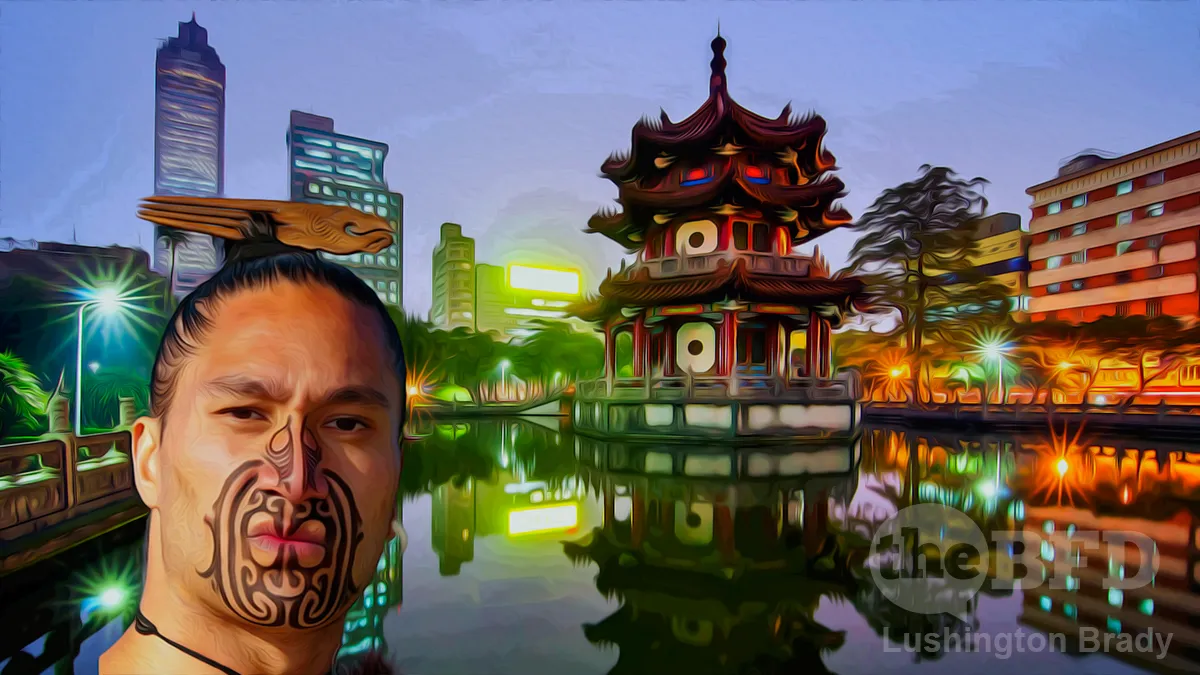Table of Contents
As I wrote recently for Insight, what does it even mean to be “indigenous”?
The standard reference, Oxford, defines “indigenous” as “originating in and characterising a particular region or country”. The National Geographic Society (NGS) defines “indigenous” as “an individual from a group that has lived in a particular location for thousands of years”.
Which in neither case gives Maori much right to claim to be indigenes of New Zealand. Nor to sneer at anyone else as “colonisers”.
In his book The Future Eaters, Tim Flannery describes how the Polynesians, between 3,500 and 1,000 years ago, “set out on their great voyages of colonisation”, crossing the Pacific, from island to island in their waka. “They were nomads of the wind, who settled on remote tropical islands, and lived there until food resources were exhausted. Then they packed up their waka and moved on, navigating by the stars.” Eventually, they reached a pair of islands like no others they would have encountered: a relatively cool, mini-continent. They were, Flannery says, “the first colonisers” of New Zealand.
That Maori were just the first in two distinct waves of colonisation of New Zealand is borne out by new linguistic evidence that shows that they are just one branch of a migration across the Pacific.
Scientists all agree that people speaking Austronesian languages started out from Taiwan and settled the Philippines around 4,000 years ago. They used sails as early as 2,000 years ago. Together with other maritime technologies, this allowed them to disperse to the islands of the Indo-Pacific ocean […]
Our new research […] suggests the Amis of eastern Taiwan are the closest relative of the Malayo-Polynesian people (including Maori) in the Austronesian language family.
This finding complements recent research in archaeology and genetics, which also suggests the Austronesian expansion likely began along the east coast of Taiwan. Contemporary Indigenous groups in this part of Taiwan are known to have long-standing seafaring traditions.
Newshub
Several strands of research – linguistic, archaeological, and genetic – point to a Taiwanese origin for Malayo-Polynesian populations.
As colonisers will, the Maori caused immense ecological damage when they lobbed up in their canoes, scant centuries ago.
Prior to human settlement, Aotearoa New Zealand had been isolated from other landmasses for around 60 million years. The result was the evolution of a unique ecosystem that was highly vulnerable to disturbances […]
Maori arrived around 1300 and brought with them invasive mammals: the Polynesian dog (kuri) and the Pacific rat (kiore). Through widespread burning, Maori – either intentionally or accidentally – destroyed large areas of forest in drier eastern parts of Te Wai Pounamu (South Island) and Te Ika a Maui (North Island).
Moreover, archaeological research suggests a number of bird species were hunted to extinction, including moa and adzebill.
Newshub
What does all this mean?
By either the Oxford or NGS definitions, Maori are no more indigenous than “pakeha”. By the definition of Australian Aboriginal activist Noel Pearson – that one “becomes” indigenous by having “a connection with their ancestors whose bones are in the soil” – Maori might be a little bit more “indigenised” than white New Zealanders, but not by much. After all, the mere 700 years of Maori colonisation pale in comparison to the 60 thousand years of Aboriginal occupation of Australia.
So, it might behoove certain activists to drop the “coloniser” sneer. After all, they’re just the descendants of another wave of colonisers.
Maybe Whittaker’s ought to print their labels in Chinese?









